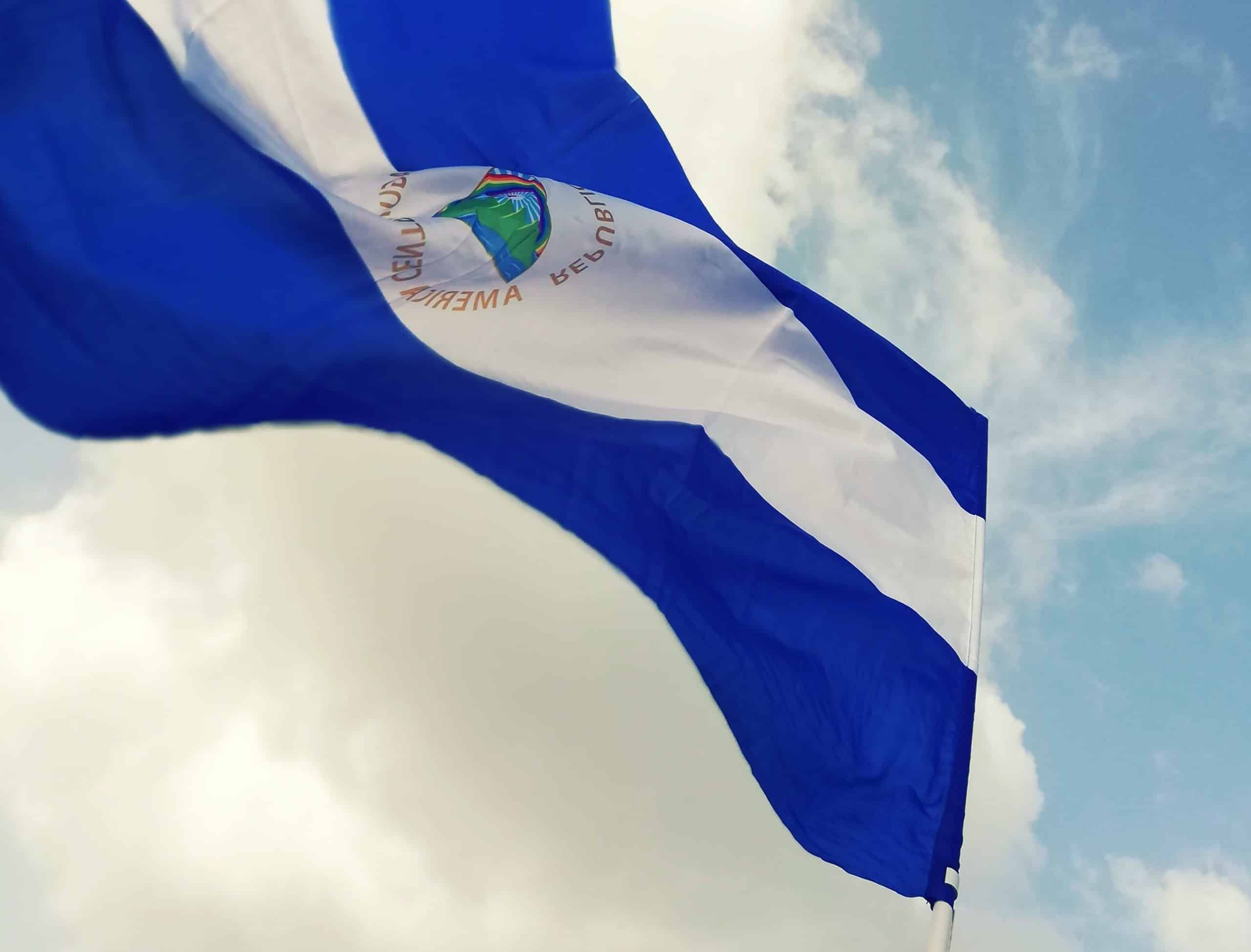Tomás Borge, the last living founder of Nicaragua’s left-wing Sandinista movement and the country’s feared interior minister for more than a decade, died Monday at the age of 81.
“With great sorrow we announce that the earthly and fruitful life of the revolutionary and commander Tomás Borge has come to an end,” said Rosario Murillo, wife of Sandinista leader and current President Daniel Ortega.
“Tomas is of the dead who will never die. He will always be with us in the Sandinista Front and in the revolutionary process,” Murillo, who also serves as a government spokeswoman, told local radio, her voice shaking with emotion.
The government decreed three days of national mourning in honor of the former minister, whose body was lying in state at the National Palace on Tuesday. Supporter Germán Pereira was among scores queuing to pay his respects.
“We are going to wait until we get a chance to see the man. … Those we love the most always leave us,” Pereira said. “Thanks to him, we got rid of dictatorship.”
Borge died in a military hospital on Monday, where he was being treated for complications related to chest surgery he underwent on April 6.
He was one of the founders of the Sandinista National Liberation Front (FSLN) in 1961 and helped to bring about the overthrow of the 45-year-old right-wing Somoza dynasty in 1979.
He went on to serve as interior minister from 1979-1990, when his forces were accused of many of the same rights abuses blamed on the Somoza regime, as the Sandinistas battled U.S.-backed opposition militias known as the Contras.
“I admit I was arbitrary, but in favor of the accused,” he said in a recent local television interview, insisting he often freed prisoners who were ill.
But in 2005, he had said: “You cannot love the people without being feared and hated by the enemies of the people.” “Those who die for the sake of life cannot be called dead men,” Venezuelan President Hugo Chávez said in a statement sent to the Managua government.
Born Aug. 12, 1930, in the central town of Matagalpa, Borge, diminutive and often described as on the histrionic side, turned to politics at a young age. He was jailed from 1956-1959 before temporarily fleeing to Honduras. In 1978, he was jailed again and tortured.
As a guerrilla he received training in Fidel Castro’s Cuba and later revamped the interior ministry and special forces with Cuban advice.
After their electoral defeat in 1990, the Sandinistas fractured, but Borge always stood by Ortega, who returned to power at the head of an elected government in 2007, and was re-elected last year.
Some have also accused Borge of involvement in the May 1984 bombing at La Penca along the San Juan River in Nicaragua. Four rebels and three journalists, including Tico Times reporter Linda Frazier, were killed, and 21 were injured. Swedish filmmaker Peter Torbiörnsson, who accompanied bomber Per Anker Hansena to La Penca and was also injured in the attack, filed a criminal complaint in Nicaragua against Borge and other Sandinista officials for the La Penca murders (TT, Sept. 16, 2011).
In the documentary film “Last Chapter: Goodbye Nicaragua,” Torbiörnsson confronted Borge by sneaking into the former minister’s home with a group of Australian journalists. In a heated exchange, Torbiörnsson accused Borge of orchestrating the bombing. Borge said he wouldn’t comment on Sandinista involvement at La Penca and ordered Torbiörnsson to leave his home.






